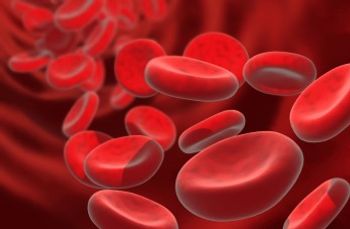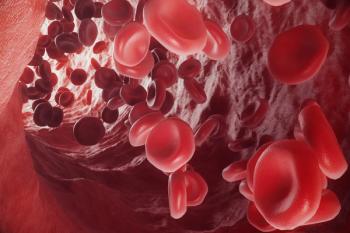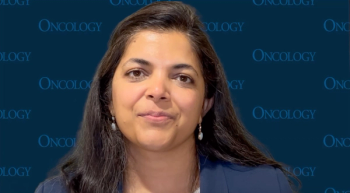
Sasanlimab Combo Poised to Change High-Risk NMIBC Treatment Paradigm
Sasanlimab plus BCG significantly improved event-free survival in BCG-naïve, high-risk NMIBC patients, with notable benefit in carcinoma in situ and T1 tumors.
Treatment with sasanlimab and Bacillus Calmette-Guérin (BCG) significantly improved event-free survival (EFS) in patients with high-risk non–muscle-invasive bladder cancer (NMIBC) who had not previously received BCG, with particular benefit observed in those with carcinoma in situ (CIS) and T1 tumors, according to subgroup analyses of the phase 3 CREST trial (NCT04165317).1
The findings were presented at the
As Powles noted, results of CREST were presented in April 2025 at AUA 2025 in Las Vegas, Nevada, by Neal D. Shore, MD, FACS, the medical director of START Carolinas, formerly the Carolina Urologic Research Center, in Myrtle Beach, South Carolina.2 At ASCO 2025, Powles presented findings of exploratory EFS subgroup analyses that were based on disease stage at randomization as well as PD-L1 status. He reported that EFS favored sasanlimab plus BCG maintenance in patients with CIS with or without Ta/T1 disease, T1 disease with or without CIS, and high-grade Ta disease with or without CIS, with HRs of 0.53 (95% CI, 0.29-0.98), 0.63 (95% CI, 0.41-0.96), and 0.88 (95% CI, 0.46-1.70), respectively.
In addition, the investigators reported, “Baseline PD-L1 expression status was not predictive of EFS benefit”; 17.8% of patients with CIS with and without high-grade Ta/T1 disease were PD-L1 positive, and 26.9% of patients with T1 disease with and without CIS were PD-L1 positive.
CREST included 1055 patients with BCG-naïve, high-risk NMIBC that is high-grade Ta and/or CIS and had not received prior PD-(L)1, PD-L2, or CTLA-4 inhibitors or immunostimulatory agents. They were randomly assigned 1:1:1 to arm A (sasanlimab plus BCG induction and maintenance), arm B (sasanlimab plus BCG induction), and arm C (BCG induction plus maintenance). The primary end point was EFS for arm A vs arm C. Key secondary end points included EFS in arm B vs arm C, and overall survival. Select secondary end points included complete response (CR) in patients with CIS, duration of CR in patients with CIS, safety, and quality of life.
Powles also presented safety data from CREST, which was previously reported at AUA 2025. In terms of adverse events (AEs), the safety profile was reported to be consistent with the known safety profile for each agent. Serious treatment-related AEs were observed in 62 (17.7%) patients in arm A and 5 (1.4%) patients in arm C. No patients in arm A or arm C experienced treatment-related AEs leading to death.
“Sasanlimab, in combination with induction and maintenance BCG, prolonged event-free survival compared with BCG alone in patients with BCG-naive, non–muscle invasive bladder cancer. This occurred across subgroups, and there was potential enrichment in that CIS subgroup. CIS was associated with lower PD-L1 levels, and that PD-L1 biomarker was not predictive. BCG maintenance is important, as is the adverse event profile associated with immune checkpoint inhibition. [Subcutaneous] sasanlimab, in combination with BCG, has the potential to change the treatment landscape, particularly in patients with CIS and T1 tumors,” Powles concluded.
References
- Powles T, Shore N, Galsky M, et al. Sasanlimab in combination with bacillus Calmette-Guérin (BCG) in BCG-naive, high-risk non–muscle-invasive bladder cancer (NMIBC): Event-free survival (EFS) subgroup analyses based on disease stage from the CREST study. J Clin Oncol. 2025;43(suppl 17):4517. doi:10.1200/JCO.2025.43.16_suppl.4517
- Shore ND, Powles T, Bedke J, et al. Sasanlimab in combination with Bacillus Calmette-Guérin improves event-free survival versus Bacillus Calmette Guérin as standard of care in high-risk non-muscle invasive bladder cancer: Phase 3 CREST study results. J Urol. 2025;213(5S).
Newsletter
Stay up to date on recent advances in the multidisciplinary approach to cancer.


















































































